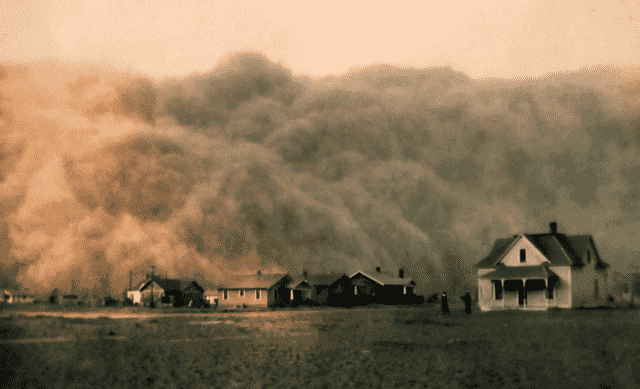Amathophobia, also known as dust phobia, is an intense and irrational fear of dust. While it may seem unusual, phobias can center around various objects or situations, and dust phobia is no exception. Here’s a more detailed explanation of amathophobia:
1. Nature of the Fear:
Amathophobia involves an extreme fear or anxiety related to dust, often leading to avoidance behaviors. Individuals with this phobia may experience heightened anxiety or even panic attacks when exposed to dust or dust-related situations.
2. Specific Triggers:
The fear is typically triggered by encounters with dust, such as seeing dust particles in the air, on surfaces, or in cleaning materials like brooms or vacuum cleaners.
3. Avoidance Behaviors:
People with amathophobia may go to great lengths to avoid dust or situations where they might encounter dust. This avoidance can disrupt daily life and household routines.
4. Physical and Psychological Reactions:
Like other phobias, amathophobia can lead to physical symptoms such as rapid heartbeat, sweating, trembling, shortness of breath, and a sense of impending doom. Psychological reactions may include intense fear, anxiety, and distress.
5. Impact on Daily Life:
The fear of dust can significantly impact an individual’s daily life, making routine tasks like cleaning, cooking, or even leaving the house challenging. The phobia may also affect relationships and overall quality of life.
6. Possible Causes:
Phobias often have complex origins, which can include genetics, past traumatic experiences, or learned behaviors. Understanding the root cause of amathophobia can be helpful in addressing and managing the fear.
7. Treatment:
Overcoming amathophobia typically involves treatment methods such as cognitive-behavioral therapy (CBT), exposure therapy, and relaxation techniques. These therapies help individuals gradually confront and manage their fear in a controlled and supportive environment.
8. Self-Help Strategies:
In addition to professional treatment, individuals with amathophobia can try self-help strategies, including deep breathing exercises, mindfulness techniques, and gradual exposure to dust-related situations.
9. Medication:
In some cases, healthcare providers may prescribe anti-anxiety medications to help manage the symptoms of amathophobia. Medication is often used in conjunction with therapy and should be discussed with a healthcare professional.
10. Support Systems:
Seeking support from friends, family, or support groups can be beneficial. Sharing experiences and coping strategies with others who understand your fear can provide emotional support.
If you or someone you know is struggling with amathophobia, it’s essential to seek help from a mental health professional. With treatment and support, individuals with phobias like dust phobia can learn to manage their fear and regain control over their lives.









